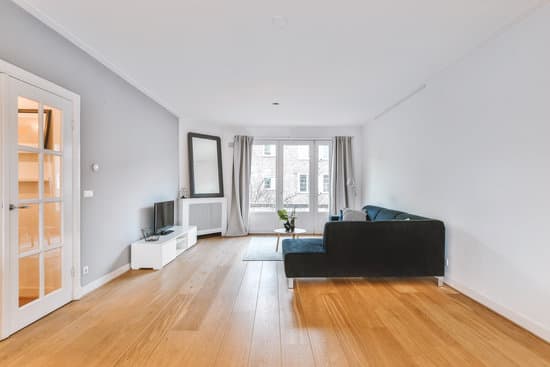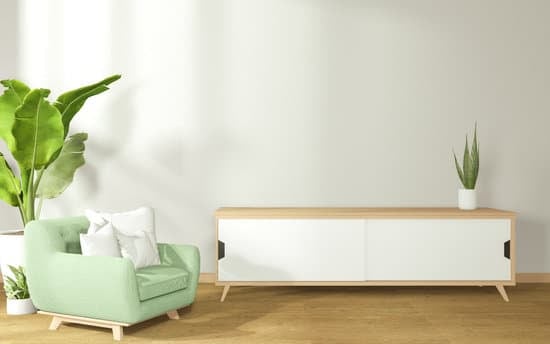Are you wondering how long your living room furniture should last? It’s important to invest in pieces that are built to withstand the test of time. In this article, we will explore the factors that affect the lifespan of your furniture, such as choosing high-quality materials and proper maintenance. By understanding expected wear and tear, you’ll be able to determine when it’s time to consider replacement. Let’s dive in and ensure the safety and longevity of your living room furniture.
Factors Affecting the Lifespan of Living Room Furniture
The lifespan of your living room furniture can be affected by various factors. It’s important to consider the environmental impact and furniture design trends when selecting pieces for your space. Environmental factors, such as exposure to sunlight or moisture, can cause wear and tear over time. Opting for materials that are durable and resistant to these elements can help extend the lifespan of your furniture. Additionally, keeping up with furniture design trends is crucial in ensuring that your pieces remain relevant and functional for years to come. Choosing timeless designs that can adapt to changing styles will prevent you from having to replace your furniture frequently. By considering these factors, you can make informed decisions and enjoy long-lasting living room furniture while minimizing waste and promoting sustainability.
Choosing High-Quality Materials
When selecting furniture for your living area, it’s important to consider high-quality materials. Opting for durable materials has several advantages. Firstly, they ensure the longevity of your furniture, saving you from frequent replacements and additional expenses. High-quality materials are designed to withstand wear and tear, making them a cost-effective option in the long run. They are less likely to break or deteriorate quickly under regular use, providing a safer environment for you and your family. Investing in sturdy frames, such as solid wood or metal, can significantly increase the lifespan of your furniture. Additionally, choosing upholstery made from quality fabrics or leather can enhance durability while offering comfort and style. By prioritizing high-quality materials when purchasing living room furniture, you can enjoy its benefits for years to come.
Proper Maintenance and Care
To ensure your furniture stays in top condition, make sure you regularly clean and maintain it. Here are some cleaning techniques and tips to prevent damage:
- Dusting: Use a soft cloth or microfiber duster to remove dust from your furniture regularly. Avoid using abrasive materials that can scratch the surface.
- Vacuuming: If your furniture has upholstery, vacuum it regularly to remove dirt and debris. Be gentle while vacuuming to avoid damaging the fabric.
- Spot cleaning: Address spills and stains immediately by blotting them with a clean cloth. Avoid rubbing as it may push the stain deeper into the fabric.
- Protecting from sun exposure: Direct sunlight can fade and weaken furniture materials over time. Use curtains or blinds to shield your furniture from excessive sunlight.
By following these simple maintenance steps, you can extend the lifespan of your living room furniture while keeping it safe and looking its best.
Understanding Expected Wear and Tear
Understanding how much wear and tear you can expect on your furniture is important for proper maintenance. When evaluating the durability of your living room furniture, it’s crucial to look out for common signs of wear and tear. One key aspect to consider is the quality of materials used in the construction of your furniture. Furniture made with high-quality materials like solid wood or leather tends to last longer than those made with particleboard or synthetic fabrics. Additionally, keep an eye out for any visible damage such as scratches, stains, or sagging cushions. These are indicators that your furniture may need repairs or replacement. Regularly inspecting and addressing these issues will help prolong the lifespan of your living room furniture, ensuring a safe and comfortable environment for you and your family.
When to Consider Replacement
If you notice visible damage such as scratches, stains, or sagging cushions on your furniture, it may be time to consider replacing it. Damaged furniture not only looks unsightly but can also pose safety risks. When considering replacement, it’s important to explore budget-friendly alternatives that still meet your needs. Look for sales or second-hand options that offer quality at a lower price point. Additionally, consider sustainable furniture options that are designed to last longer and have a smaller environmental impact. Sustainable materials like reclaimed wood or recycled plastics can provide durability while reducing waste. Investing in furniture that is built to withstand wear and tear will save you money in the long run and contribute to a safer living environment for you and your family.
Conclusion
So, now you know the factors that can affect the lifespan of your living room furniture. By choosing high-quality materials and properly maintaining and caring for your furniture, you can extend its life significantly. However, it’s also important to understand that wear and tear is inevitable over time. When your furniture starts showing signs of significant damage or becomes uncomfortable to use, it may be time to consider replacement. Remember to invest in durable pieces that align with your personal style and preferences to ensure long-lasting satisfaction.






